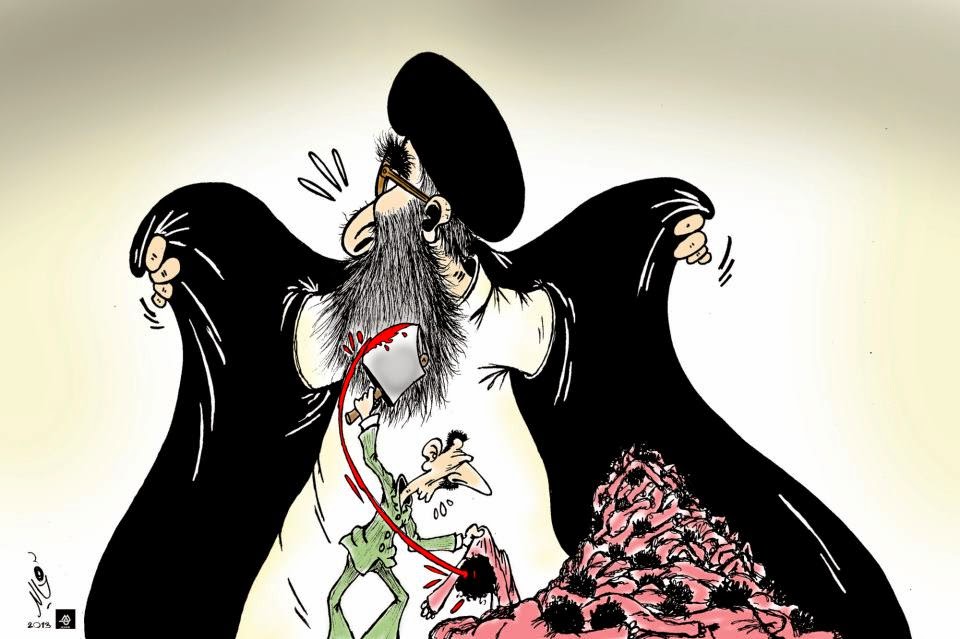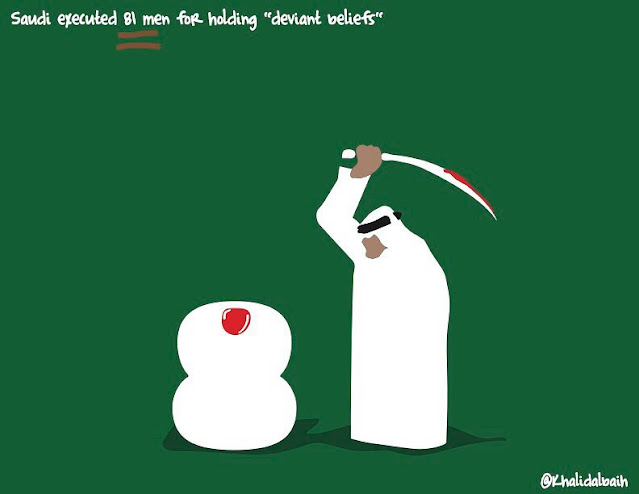"It requires no relief"
 |
| Per Marquard Otzen, Virginia Woolf. |
Two artists and one cool company to be in when they are debating. The author Virginia Woolf and the musician Tue Ebert could be on the brink of declaring a definition on art, finding in their unison that common factor for art we have always been searching for in vain, but that is far from their interest. No, they are much more interested in how art comes about:
 |
| Tue Ebert with band 2011, the two stills are from: https://www.youtube.com/watch?v=xvLzMbE2HYQ&spfreload=10 |
It is all well and good to get an initial idea, but to actually get to the point in which the artwork has attained its own heartbeat, there is work to be done. It is sitting down every day for a year at the studio.
 |
| Tue Ebert |
Another substitution after giving up yet another idea, only this one turns out to be the one, but somehow the road had to take that extra turn to find it. With the waves too we reached the element that turned out to be synonymous with the very process.
First, though, we have to throw in a third art form of course and with it the cartoonist whose pen is already to be seen in the portrait of Virginia Woolf, posing in her tearing open of structures to create fluidity, letting her words form still new phrases. "I am relieved of hard contacts and collisions" as one of her protagonists says in The Waves. Instead, "we melt into each other with phrases". Per Marquard Otzen uses phrases a means of building movement, the incessant words in strings, constantly generating new ones and in cases such as Kierkegaard the neverending ones. The phrase is not just a token of the drawn line, but a very physical one at once esoteric and a presence; in its very outset a meandering one forming into letters. To the effect as expressed by Tue Ebert:
"There is no need for an ending
No closure nothing complete
There is no need for an ending
It requires no relief":
First, though, we have to throw in a third art form of course and with it the cartoonist whose pen is already to be seen in the portrait of Virginia Woolf, posing in her tearing open of structures to create fluidity, letting her words form still new phrases. "I am relieved of hard contacts and collisions" as one of her protagonists says in The Waves. Instead, "we melt into each other with phrases". Per Marquard Otzen uses phrases a means of building movement, the incessant words in strings, constantly generating new ones and in cases such as Kierkegaard the neverending ones. The phrase is not just a token of the drawn line, but a very physical one at once esoteric and a presence; in its very outset a meandering one forming into letters. To the effect as expressed by Tue Ebert:
"There is no need for an ending
No closure nothing complete
There is no need for an ending
It requires no relief":
"Endings". Written and sung by Tue Ebert alias Oceanic with Ida Wenøe Bach.
"And I'll teach you lessons that you'll soon/enough unlearn" - the sentences intertwirl and do not follow the music, creating a hypnotic, slow crescendo in tension, but cleverly avoiding any culmination, thereby not dissolving the intensity. We witness the transformation of the lyrics into notes; there is indeed no closure, no completion. All the more powerfully done for our sensing that the music itself has completion, in the words of Woolf "A saturated, unchopped, completeness, changes of scene of mood of person done without spilling a drop".
 |
| Per Marquard Otzen: James Joyce in the Sea of Words struggling against being drawn in. |
Being conscious of their structure, her characters struggle from time to time, questioning what it means to be made of phrases: "I do not understand phrases". Yet, concluding that their lucid insubstantiality is all they will ever have in which to find a meaning: "When I cannot see words curling like rings of smoke round me I am in darkness - I am nothing".
Just as the smallest dot of the pen, the point is nothing in itself. It is the line, which creates motion, setting off the drawing. At times it is possible to detect a "hvorfor" - i.e. "why". At once texture and yet eluding deciphering, proving the unity of the drawn line with the thinking mind; even cleverly making the artistic process visual, whether it is one of being the teller of what no man has survived before or writing a world within the world.
 |
| Per Marquard Otzen, Knausgård's Universe, August 8, 2011. |
 |
| Per Marquard Otzen, Flow, December 21, 2008 |
So let us take leave with the cartoonist drawing on his flow, while Tue is fighting the repetition and yet another day will dawn. I dare anyone hearing him without repeating his very words.
"Nocturnal". Written and sung by Tue Ebert alias Oceanic
The artworks shown are courtesy of their artists and must not be reproduced without their permission.


